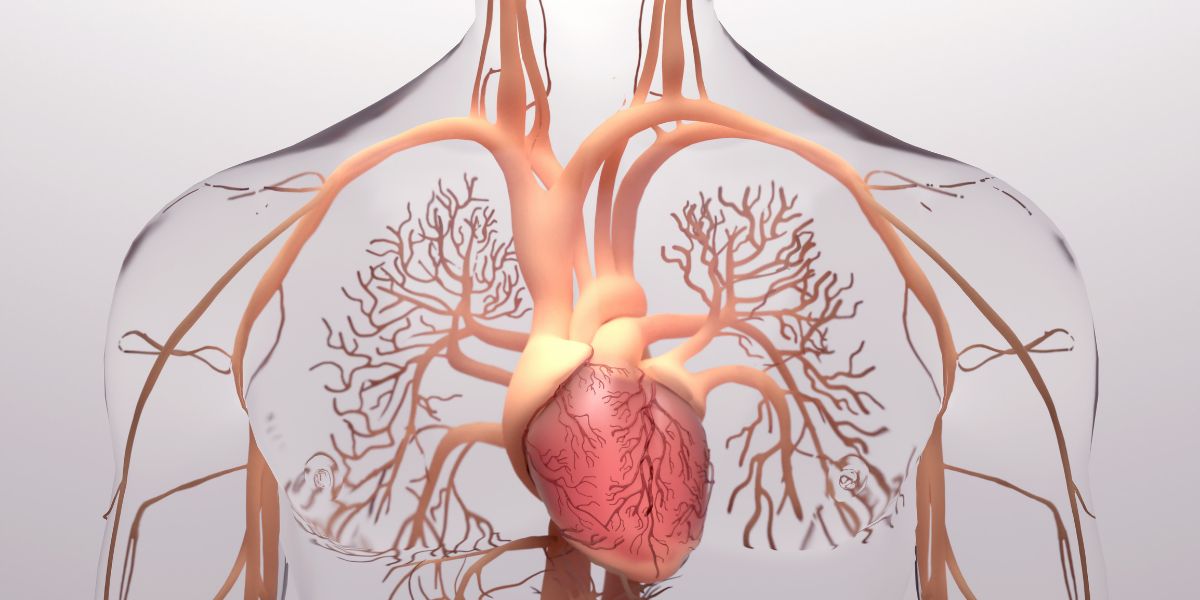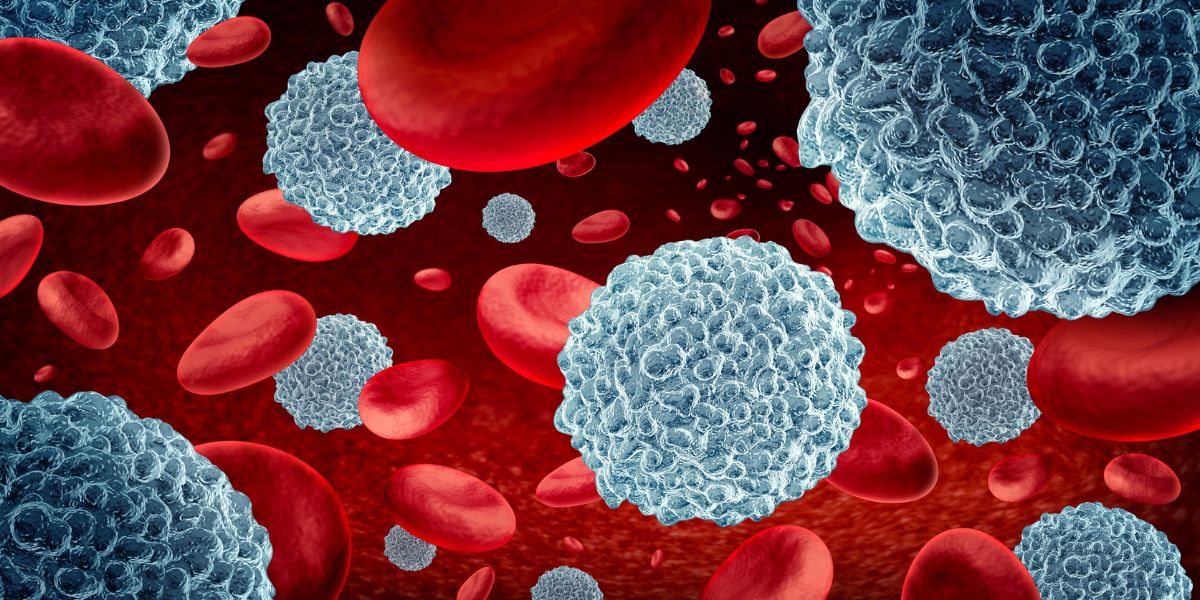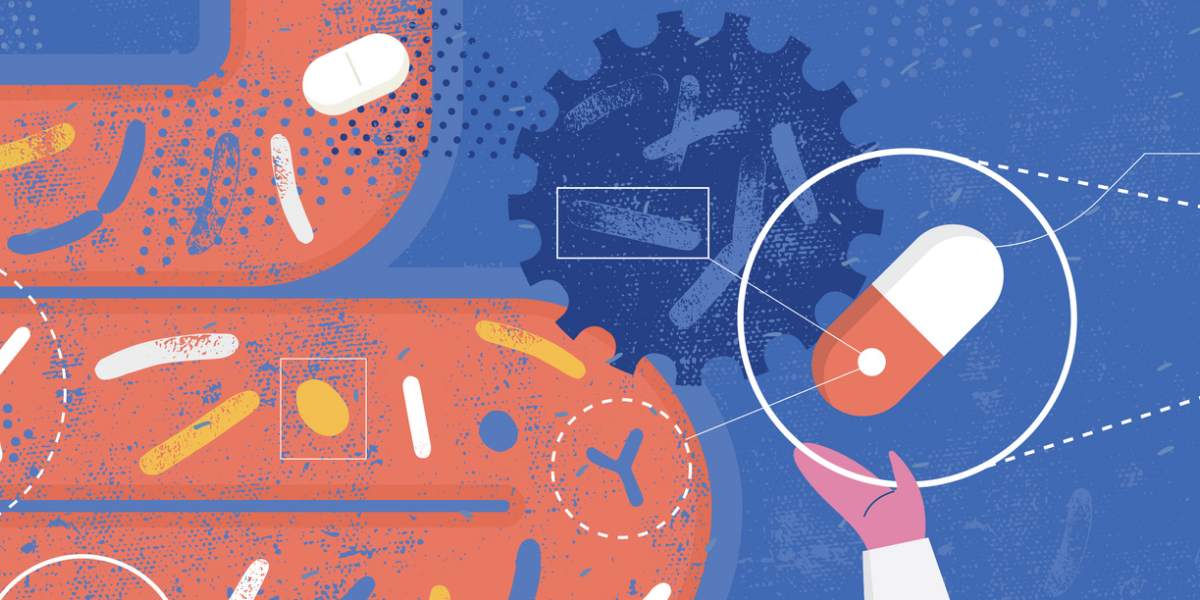The vascular system is made up of arteries and veins that carry oxygenated blood around the body and oxygen depleted blood to the lungs to remove carbon dioxide from the blood and replenish the oxygen.
People with diabetes commonly experience problems with their vascular system and charity Diabetes UK notes that diabetes is associated with a 5 times higher risk of developing cardiovascular disease.
What are the problems that can arise with the vascular system?
Arteriosclerosis
Arteriosclerosis is the thickening and stiffening of the arteries this means that they become less flexible and create resistance for the blood that is moving inside them.
Arteriosclerosis is thought to be caused by excess fat in the diet and high cholesterol. There are some schools of thought that have hypothesised that it is refined food and food rich in omega-6 fatty acids that leads to an inflammation of the endothelial cells that line the veins and arteries in the entire circulatory system.
It is thought that this inflammation means that excess fat and cholesterol consumed binds easier to the artery walls forming hard plaque structures which result in the stiffening and in some severe cases blockages of veins and arteries.
Coronary Heart Disease
Coronary heart disease results if the build up of plaque on the inside of the arteries and veins that supply oxygen to and take away carbon dioxide from the heart
This causes the narrowing of the arteries and veins which means the heart isn’t receiving enough oxygen as it is needed and it is being poisoned by excess carbon dioxide.
High blood pressure
High blood pressure can result from the heart trying to pump blood through narrowed arteries, although is has also been attributed to a diet high in salt, obesity, alcoholism and high stress levels. Individuals with diabetes are reported to have high blood pressure if their blood pressure is 130/80 mmHg or higher.
Peripheral Arterial Disease (PAD)
Peripheral arterial disease is a vascular problem that arises if arteries are narrowed and subsequently restricted in areas of the body other than the heart, most frequently the legs. People who have PAD are 6 times more likely to also have coronary heart disease. PAD has also been highlighted as a cause of problems with the kidneys , spleen and the pancreas, particularly in individuals with diabetes.
Diabetes and vascular problems
Many people with diabetes also suffer from vascular system problems. There remains to be debate as to whether the pathology of type 2 diabetes is causing these problems or whether these problems may also arise as a result of the same physical causes of diabetes
People with diabetes are at a greater risk of having high blood pressure, peripheral arterial disease, and coronary heart disease.
What can be done to reduce the risk of vascular problems
Diet
Having a balanced diet with high levels of omega-3 fatty acids reduces inflammation of the arteries in the body.
If the arteries are not inflamed there is less for bad cholesterol to bind with and subsequently veins and arteries remain supple and healthy, meaning that blood can flow through with little resistance.
Reducing your intake of omega 6 in the form of refined foods can also help reduce inflammation within the body.
Keeping alcohol intake to a minimum has been shown to help lower blood pressure and therefore put less pressure on your heart and the vascular system.
Lowering your intake of salt particularly table salt which is highly refined has been found to lower both the levels of bad cholesterol and reduce blood pressure.
Weight Management and Exercise
It has been found that having excess body fat puts extra strain on the vascular system. Regular cardiovascular exercise including brisk walking, jogging, swimming and cycling burns fat stores within the body reducing the pressure on the vascular system.
Additionally, exercise decreases the amounts of bad LDL cholesterol and improves the strength and health of the vascular system. Finally, cardiovascular exercise has been found to reduce stress levels, improve stamina and increase your metabolic activity rate all of which have been linked to enhanced vascular health.
Mindfulness Meditation
Mindfulness meditation is becoming aware of the present moment in a state of non-judgemental acceptance. It has been shown in numerous studies to have a direct impact on high blood pressure. Practicing mindfulness daily can reduce stress levels. If stress levels are under control, the fight or flight response does not occur to the same extent, therefore, blood pressure, blood glucose levels and rates of digestion all remain stable throughout the day.
- Read more about diabetes and mindfulness






